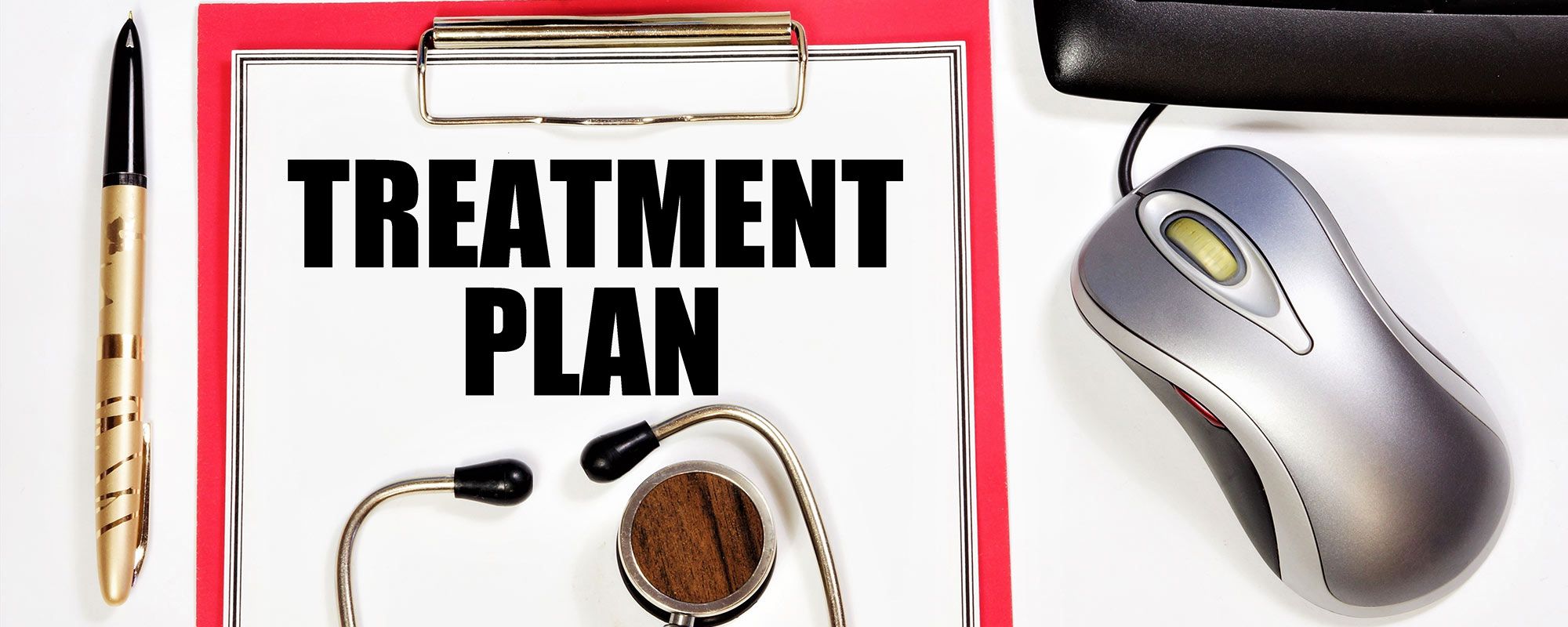
Treatment for Mild or Breakthrough Cases
The COVID-19 virus spreads by close person-to-person contact (6 feet for 15 minutes or more over a 24-hour period) via respiratory droplets (coughing, sneezing, singing, exercising, or talking) and direct contact with contaminated surfaces.
Most people with mild clinical presentation can rest at home until they get better and start symptomatic supportive treatment like hydration, over-the-counter antipyretics, analgesics, or antitussives for fever, headache, myalgias, or cough, respectively.
Quarantine at home for 14 days (incubation period) is crucial for healthy individuals after the last exposure (close contact) with a COVID-19-patient, while isolation is needed for those who have tested positive or have COVID-19 symptoms but have not been tested or are still awaiting results.
People should receive COVID-19 vaccines once their quarantine or isolation period has ended. However, fully vaccinated people who have been in close contact with COVID-19 patients are not required to quarantine if they show no symptoms.
Ibuprofen to Treat Fevers and Inflammation
People with COVID-19 symptoms can take over-the-counter pain medicine Ibuprofen (Advil, Motrin), a nonsteroidal anti-inflammatory drug (NSAIDs), unless contraindicated due to underlying medical conditions. A raised temperature is intended to help the body fight off the virus, hence it is not necessary to lower a fever.
The Centers for Disease Control and Prevention (CDC) does not recommend taking ibuprofen, aspirin, or acetaminophen before getting the COVID-19 vaccine, as these medicines could diminish the body’s immune system response towards the vaccine. However, these medications should not be discontinued before vaccination if you take them regularly for other reasons.
People can take these medications to mitigate post-vaccination side effects if there are no other medical conditions that preclude them from taking them.
In March 2020, news agencies disseminated reports that ibuprofen may worsen COVID-19 symptoms. But soon after these reports, the Food and Drug Administration (FDA) denied any evidence concerning NSAID use with worsening COVID-19 infection and instructed people to take NSAIDs as directed. In addition, another national cohort study in Denmark on COVID-19 positive patients also indicated no associations amongst NSAID use and hospitalization, risk of mortality, or severity of illness.
Significance of Adequate Hydration and Nutrition
Fever is the body’s defense against the infection, which increases the body’s basal metabolic rate (BMR) and burns many calories, causing more fluid loss. Because our immune system critically relies on healthy nourishment and hydration, eating and drinking are the two important cornerstones to combat the virus and support the immune system.
It is imperative to keep eating and drinking to replenish fluids lost through sweating, coughing, urinating, etc., even if a person does not feel hungry or thirsty.
- Drink a minimum of 8 to 12 (8-ounce) cups in 24 hours (consult a doctor first if you have ever been told to follow a fluid restriction or low sodium levels).
- Take frequent small sips if unable to drink large amounts and keep fluids at the bedside.
- Use a variety of beverages.
- Normal daily calorie intake is 2000 (female) to 2500 (male) calories, but with increased stress on the body with infection, you need 400 to 500 extra calories per day.
Home Management With Mild COVID-19 Symptoms
Many people with COVID-19 infection develop a mild illness that can be managed at home without medical care. This also helps by not filling up hospitals and doctor’s offices.
They should be isolated from others, stay in an independent room, and use a separate bathroom if available. Follow the steps to care for yourself and to help prevent the spread of COVID-19:
- Monitor symptoms closely and get tested.
- Cover your nose and mouth with a mask if around people.
- Wash your hands frequently and disinfect high-touch surfaces.
- Follow care instructions from the healthcare provider (or local health department) on checking symptoms and reporting information.
- Seek medical care if you have any warning signs such as persistent chest pain or pressure, trouble breathing, pale, gray, or blue-colored skin, lips, or nail beds, confusion, or an inability to wake or stay awake.
Presently, there is no cure yet for COVID-19, but the good news is that COVID vaccines are now readily available. It is highly recommended that eligible individuals get vaccinated as soon as they become non-contagious, 10 days following the onset of symptoms, based on human research.
References:
- World Health Organization. Report of the WHO-China joint mission on coronavirus disease 2019 (COVID-19), 2020. Available at: https://www.who.int/publications-detail/report-of-the-who-china-joint-mission-on-coronavirus-disease-2019-(covid-19)
- https://www.cdc.gov/coronavirus/2019-ncov/hcp/ambulatory-care-settings.html
- https://catalyst.nejm.org/doi/full/10.1056/CAT.20.0116
- https://www.hhs.gov/hipaa/for-professionals/special-topics/emergency-preparedness/notification-enforcement-discretion-telehealth/index.html
- Pritchett JC, Borah BJ, Desai AP, et al. Association of a Remote Patient Monitoring (RPM) Program With Reduced Hospitalizations in Cancer Patients With COVID-19. JCO Oncol Pract. 2021;17(9):e1293.
- Calder P, Carr A, Gombart A, et al. Optimal nutritional status for a well-functioning immune system is an important factor to protect against viral infections. Nutrients 2020;12:1181. doi:10.3390/nu12041181
- https://www.uptodate.com/contents/covid-19-questions-and-answers?search=covid%20vaccine%20myths&source=search_result&selectedTitle=2~150&usage_type=default&display_rank=2#H1809967002
- https://www.merckmanuals.com/professional/resourcespages/covid-19-prevention
- https://www.cdc.gov/coronavirus/2019-ncov/your-health/quarantine-isolation.html
- https://emedicine.medscape.com/article/2500122-overview#a3

